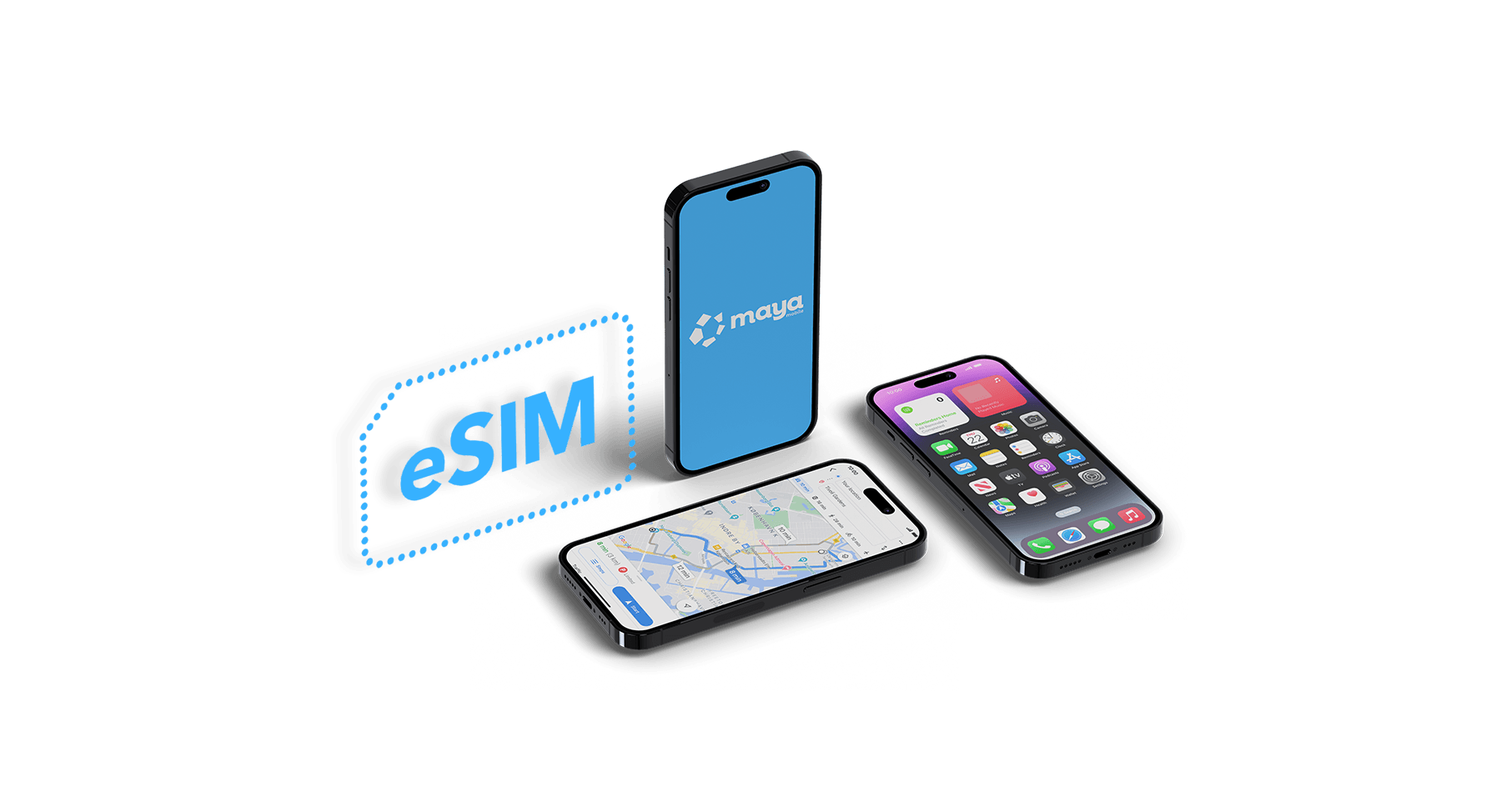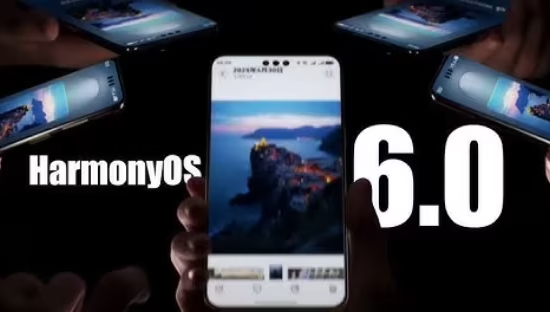
Are eSIM Plans Too Confusing? Nearly 1 in 4 Travelers Think So
The rise of eSIMs has been one of the biggest shifts in mobile connectivity in recent years. For frequent travelers, digital nomads, and even casual tourists, the idea of ditching the plastic SIM card for a quick digital download is incredibly appealing. But there’s one question that doesn’t get asked often enough:
👉 Do people actually understand the eSIM plans they’re buying?
I recently ran a poll on LinkedIn to get some real insight into this. The question was simple:
“How confident are you when it comes to understanding eSIM plan terms?”
Out of 675 votes, here’s how people responded:
- 50%—Very confident, I read everything.
- 25%—Somewhat confident, I skim it.
- 8.33%—Not confident; it’s confusing.
-
16.67%— I never check the details.
At first glance, the numbers look pretty positive: more than half of respondents say they’re “very confident.” But when you look closer, there’s a lot more going on under the surface. Let’s unpack what this really means for travelers, eSIM providers, and the broader mobile industry.
The “Very Confident” Majority—Do They Really Read Everything?
50% of respondents said they are very confident and read everything. That sounds reassuring, right? It suggests most people feel like they understand the fine print. But here’s the thing: reading and understanding aren’t the same.
eSIM plans often come with tricky details:
- Data caps: That “10GB plan” might actually be “10GB high-speed, then unlimited at 128kbps.”
- Validity limits: A 30-day plan might mean 30 days from the date of purchase, not activation.
- Coverage gaps: Some plans list “Europe,” but exclude places like Switzerland or Turkey.
- Network throttling: You might have 5G in theory, but only 3G access in practice.
Even if travelers carefully read the terms, interpreting what that means in the real world isn’t always easy. A business traveler flying through three countries in a week may not realize their “global plan” doesn’t cover transit airports. A tourist might think 128kbps after a cap is still usable — spoiler alert: it’s barely enough to load Google Maps.
So yes, 50% read the fine print, but that doesn’t automatically mean they’re safe from surprises.
The Skimmers—A Silent Risk (25%)
The second largest group, at 25%, admitted they only skim the details. Honestly, this feels pretty human. Who has the patience to scroll through walls of text before they’ve even boarded a flight?
But skimming comes with risks. A quick glance might miss details like:
- Auto-renewals (some plans quietly roll over).
- Limited hotspot/tethering (huge issue for digital nomads).
- Local-only numbers versus data-only plans.
These “skim readers” are probably the ones who later tweet or post on Reddit saying, “I thought my eSIM included calls, but it’s data-only!” understanding esim plans
In other words, this 25% represents a group that’s almost informed but still vulnerable to misunderstandings that can ruin a trip.
The Confused 8.33%—And Why That Number Might Be Higher
Only 8.33% said they find eSIM terms confusing. That sounds low… almost too low.
From my conversations with travelers, I’d argue that a lot more people are actually confused but don’t want to admit it. There’s a social element here: who wants to say, “I don’t understand my phone plan”? Especially in a LinkedIn poll where people may feel like they should appear tech-savvy.
Confusion is especially common among:
- First-time users: People switching from physical SIMs for the first time.
- Older travelers: Less familiar with digital-first setups.
- Multi-country travelers: They juggle multiple plans, not just one destination.
This group is important because their lack of confidence often leads to one of two behaviors: either avoiding eSIMs altogether (and sticking with expensive roaming) or diving in blindly and risking bill shock.
The 16.67% Who Never Check—A Marketer’s Dream, a Traveler’s Nightmare
The last group, 16.67%, admitted they never check the details. This is both fascinating and alarming.
On one hand, it shows how much trust people are placing in eSIM providers. They’re basically saying: “I assume it will work. I’ll figure it out later.”
On the other hand, this is exactly how people get burned. Imagine buying a 5GB plan for your U.S. road trip, only to realize it doesn’t cover rural areas or expires after just 7 days. For a traveler who never looked at the details, that’s an instant headache.
This group represents the most vulnerable segment of users — and also the ones most likely to generate negative reviews after a bad experience.
What This Poll Really Tells Us
So what do we learn from these 675 responses? Here are a few takeaways:
- Travelers aren’t uniform. Some are meticulous researchers; others wing it. eSIM providers need to cater to both extremes.
- There’s a gap between reading and understanding. Even “confident” users may not fully grasp the implications of terms.
- Education is still lacking. The fact that half of users (skimmers, confused, and non-checkers combined) aren’t fully confident shows the industry has work to do.
Why eSIM Fine Print Feels Like a Minefield
Why do so many travelers find eSIM details tricky? A few reasons:
- Lack of standardization: Every provider phrases things differently. One says “validity,” another says “duration,” another says “credit expiry.”
- Overloaded with jargon: Terms like “throttling,” “fair use policy,” and “data bundle rollover” can be intimidating.
- Marketing vs. reality: “Unlimited” rarely means truly unlimited.
- Traveler mindset: When planning a trip, connectivity is just one of a hundred details to sort out. People want it quick and easy, not a homework assignment.
What Needs to Change
If eSIM adoption is going to keep growing, providers need to meet customers where they are. That means:
- Clearer language. Say “You’ll get 10GB at high speed, then it slows down to basic browsing only.” Don’t bury it in footnotes.
- Visual aids. Infographics, checklists, or even a “Know Before You Buy” summary could help.
- Consistency. Standard terms across providers would make comparing plans less of a puzzle.
- Education campaigns. Providers (and media like Alertify) should invest in guides, FAQs, and traveler stories that demystify the fine print.
Why This Conversation Matters
Some might say, “Who cares? People will figure it out once they use it.” But here’s the problem: one bad eSIM experience can turn a traveler off the technology altogether.
Imagine this: a traveler tries eSIM for the first time, doesn’t realize their plan throttles after 1GB, and suddenly can’t use Google Maps halfway through Paris. They won’t just blame the plan—they’ll blame the concept of eSIM.
That hurts the whole industry. And it’s preventable.
Wrapping It Up: Understanding eSIM Plans – A Call for Simplicity
This poll of 675 people made something very clear: while many travelers think they understand eSIM terms, a significant number don’t. And even those who feel confident may not be as safe as they believe.
The good news? This is fixable. With clearer communication, standardized terms, and more traveler education, eSIMs can truly deliver on their promise: seamless, stress-free connectivity across the globe.
Until then, my advice to travelers is simple: always read the details—and if you don’t understand them, ask. Better to spend five minutes clarifying than five days regretting. Or read this and find the best eSIM for you.
Because at the end of the day, an eSIM should make your travels easier, not more complicated.
Here is this week’s poll:










